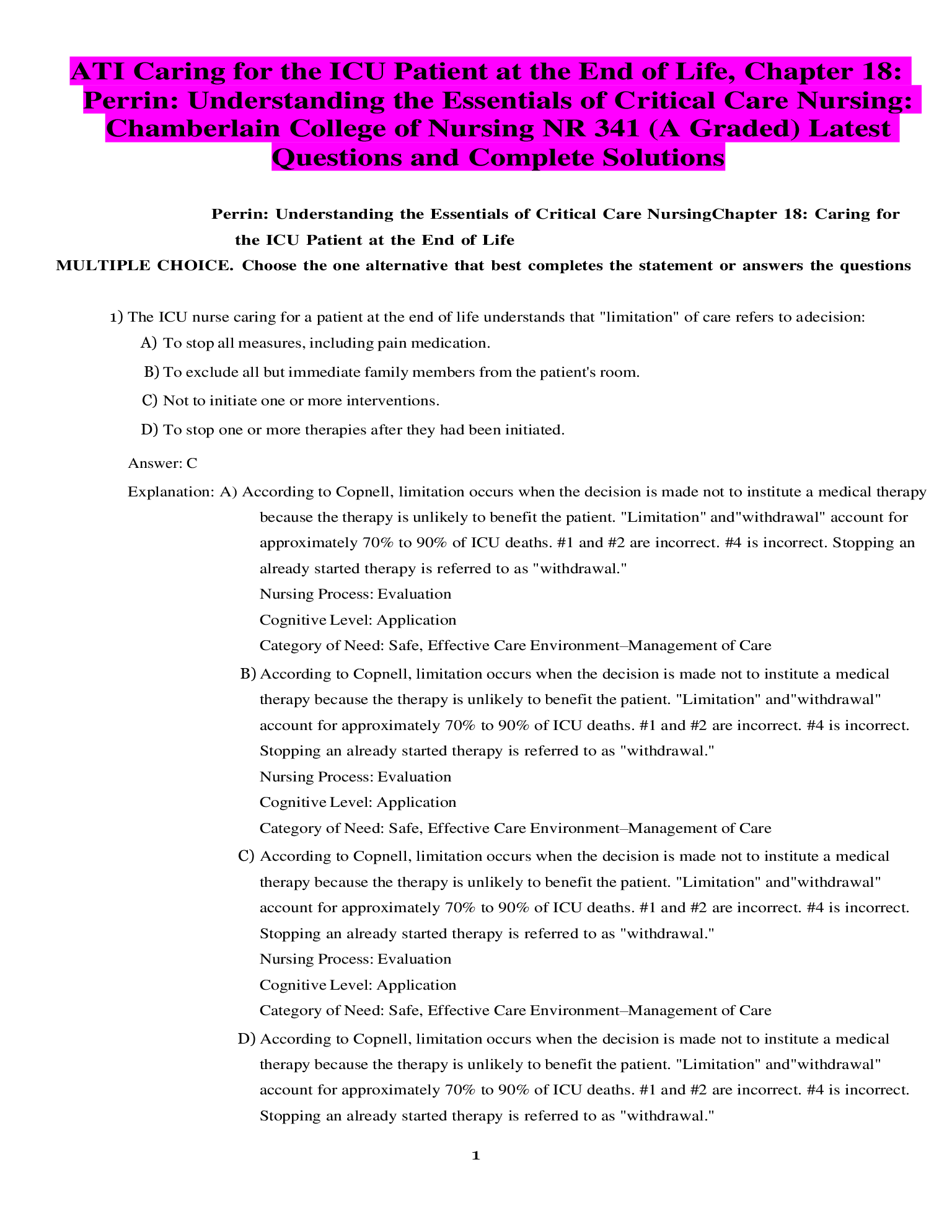Health Care > QUESTIONS & ANSWERS > HESI A2 Version 1, SCIENCE (BIOLOGY, CHEMISTRY and PHYSICS) Health Information Systems Test Bank, Co (All)
HESI A2 Version 1, SCIENCE (BIOLOGY, CHEMISTRY and PHYSICS) Health Information Systems Test Bank, Complete Preparation Practice Test Questions, Questions 50 (Latest Update) (A Graded) Latest Questions and Complete Solutions
Document Content and Description Below
HESI A2 Version 1, SCIENCE (BIOLOGY, CHEMISTRY and PHYSICS) Health Information Systems Test Bank, Complete Preparation Practice Test Questions, Questions 50 (Latest Update) (A Graded) Latest Questions... and Complete Solutions (Revised Exam Practice Guide Contains 50 Complete Questions with Answers) Set 1 Section IV – Science 1. Electricity is a general term encompassing a variety of phenomena resulting from the presence and flow of electric charge. Which of the following statements about electricity is/are true? a. Electrically charged matter is influenced by, and produces, electromagnetic fields. b. Electric current is a movement or flow of electrically charged particles. c. Electric potential is a fundamental interaction between the magnetic field and the presence and motion of an electric charge. d. An influence produced by an electric charge on other charges in its vicinity is an electric field. C Electric potential is a fundamental interaction between the magnetic field and the presence and motion of an electric charge. Electric potential is the capacity of an electric field to do work on an electric charge, typically measured in volts, while electromagnetism is a fundamental interaction between the magnetic field and the presence and motion of an electric charge 2. Which of the following is/are not included in Ohm’s Law? a. Ohm’s Law defines the relationships between (P) power, (E) voltage, (I) current, and (R) resistance. b. One ohm is the resistance value through which one volt will maintain a current of one ampere. c. Using Ohm’s Law, voltage is determined using V = IR, with I equaling current and R equaling resistance. d. An ohm (Ω) is a unit of electrical voltage. D An ohm (Ω) is a unit of electrical voltage is not true. Note: An ohm is a unit of electrical resistance. 3. The property of a conductor that restricts its internal flow of electrons is: a. Friction b. Power c. Current d. Resistance D The property of a conductor that restricts its internal flow of electrons is resistance. 4. In physics, is the force that opposes the relative motion of two bodies in contact. a. Resistance b. Abrasiveness c. Friction d. Antagonism C In physics, friction is the force that opposes the relative motion of two bodies in contact 5. What is the difference, of any, between kinetic energy and potential energy? a. Kinetic energy is the energy of a body that results from heat while potential energy is the energy possessed by an object that is chilled b. Kinetic energy is the energy of a body that results from motion while potential energy is the energy possessed by an object by virtue of its position or state, e.g., as in a compressed spring. c. There is no difference between kinetic and potential energy; all energy is the same. d. Potential energy is the energy of a body that results from motion while kinetic energy is the energy possessed by an object by virtue of its position or state, e.g., as in a compressed spring. B Kinetic energy is the energy of a body that results from motion while potential energy is the energy possessed by an object by virtue of its position or state, e.g., as in a compressed spring. [Show More]
Last updated: 2 years ago
Preview 1 out of 21 pages
 Health Information Systems Test Bank.png)
Buy this document to get the full access instantly
Instant Download Access after purchase
Buy NowInstant download
We Accept:

Reviews( 0 )
$23.00
Can't find what you want? Try our AI powered Search
Document information
Connected school, study & course
About the document
Uploaded On
Jun 03, 2021
Number of pages
21
Written in
Additional information
This document has been written for:
Uploaded
Jun 03, 2021
Downloads
0
Views
106
 Latest Questions and Complete Solutions.png)

 AANP-FNP LIGHTNING ROUND REVIEW-2.png)
 MACROECONOMICS QUESTIONS AND ANSWERS.png)
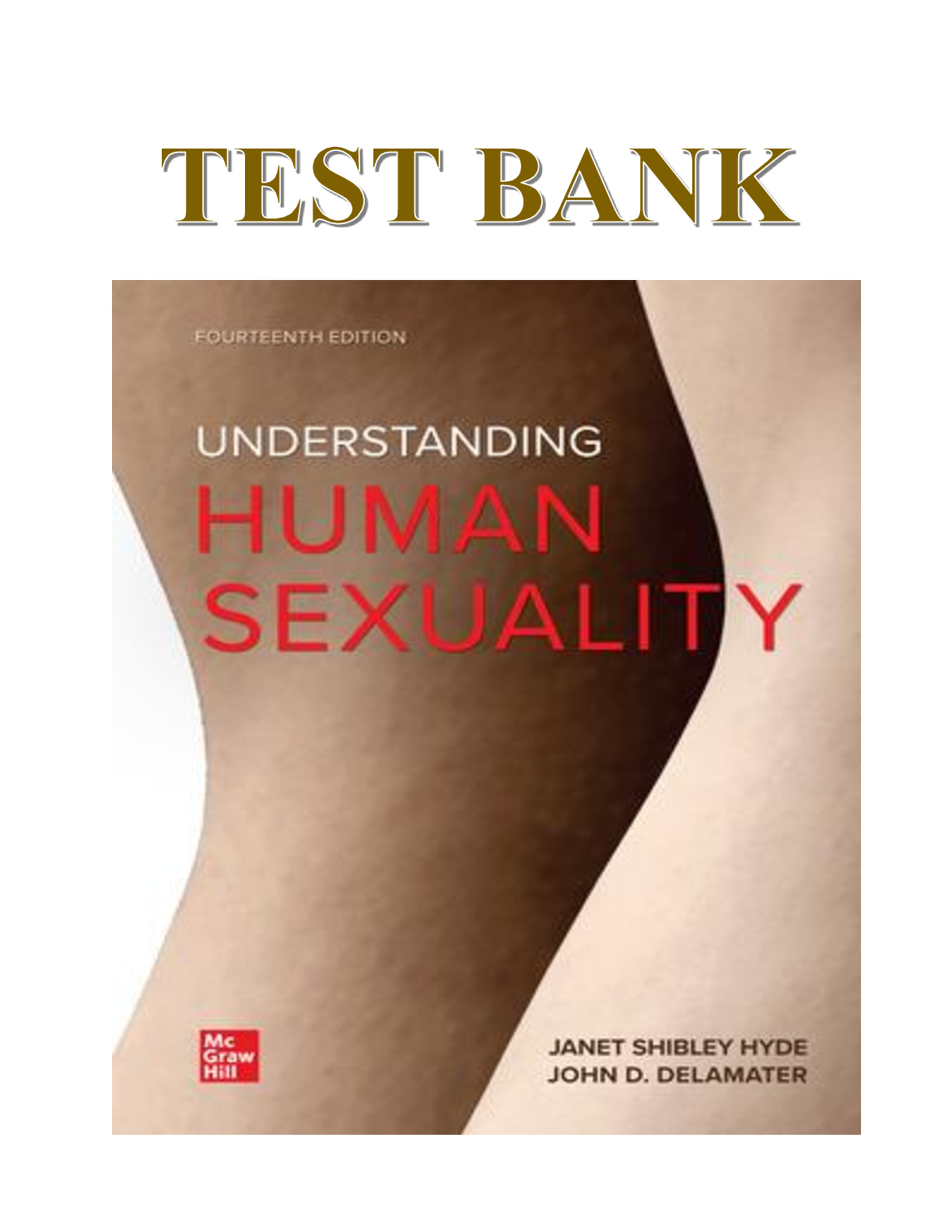
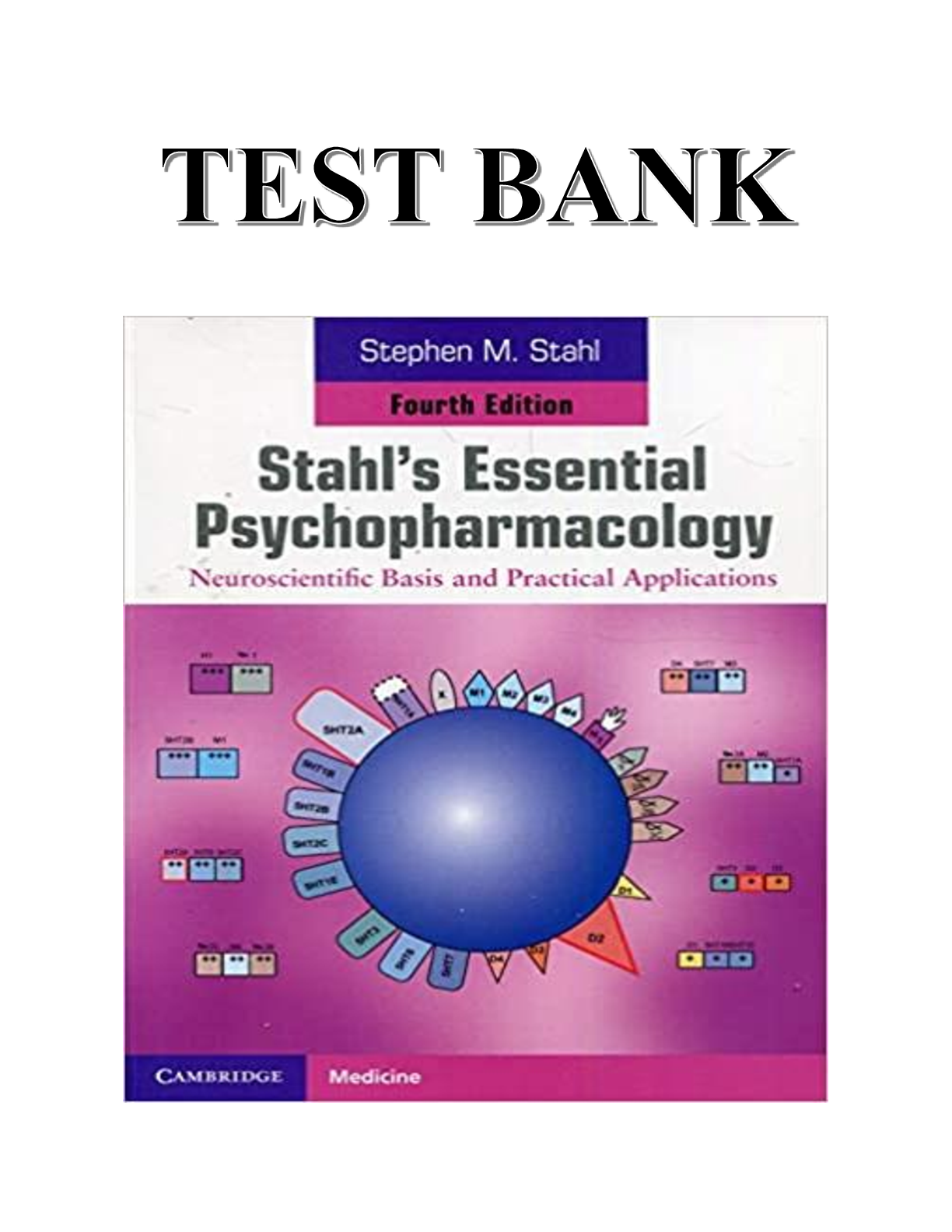
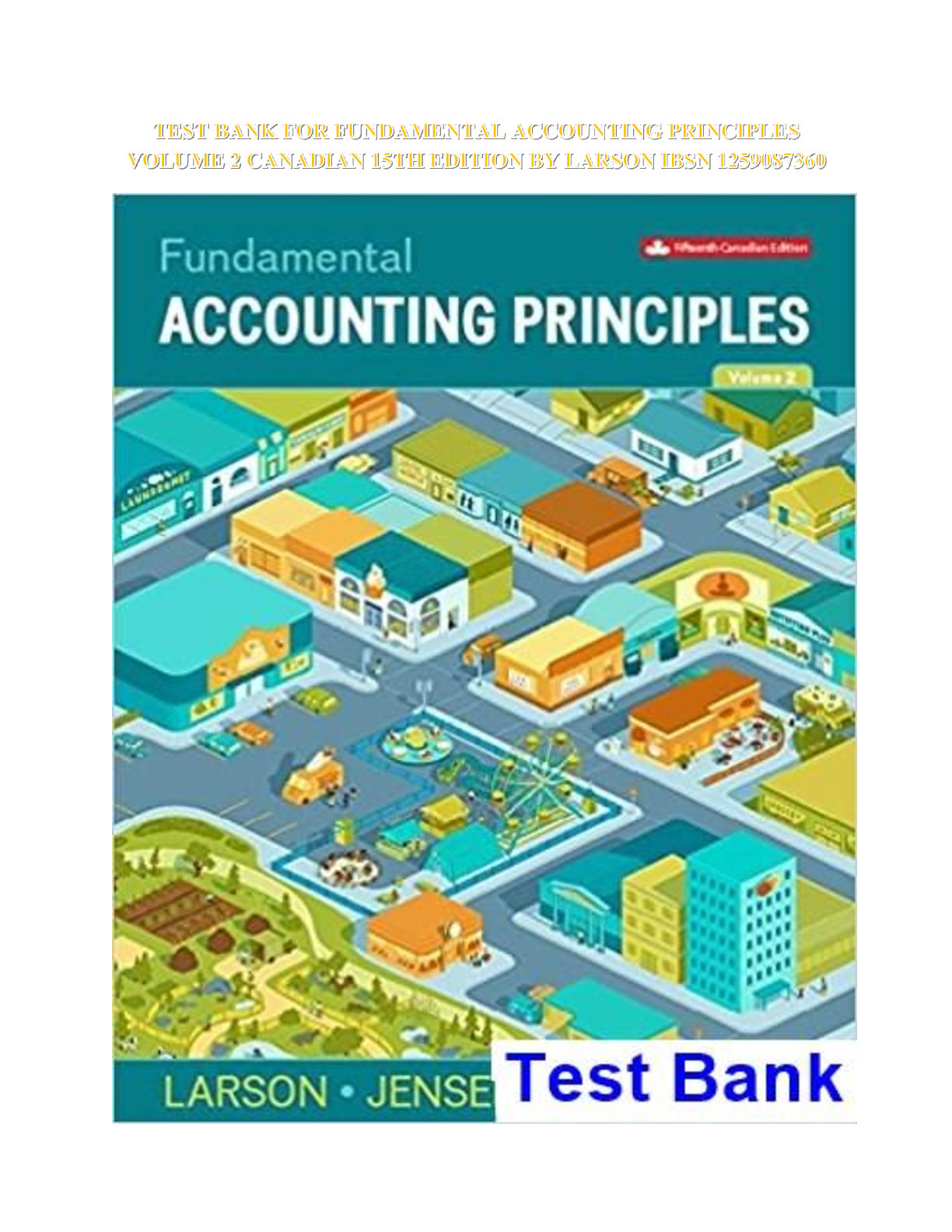
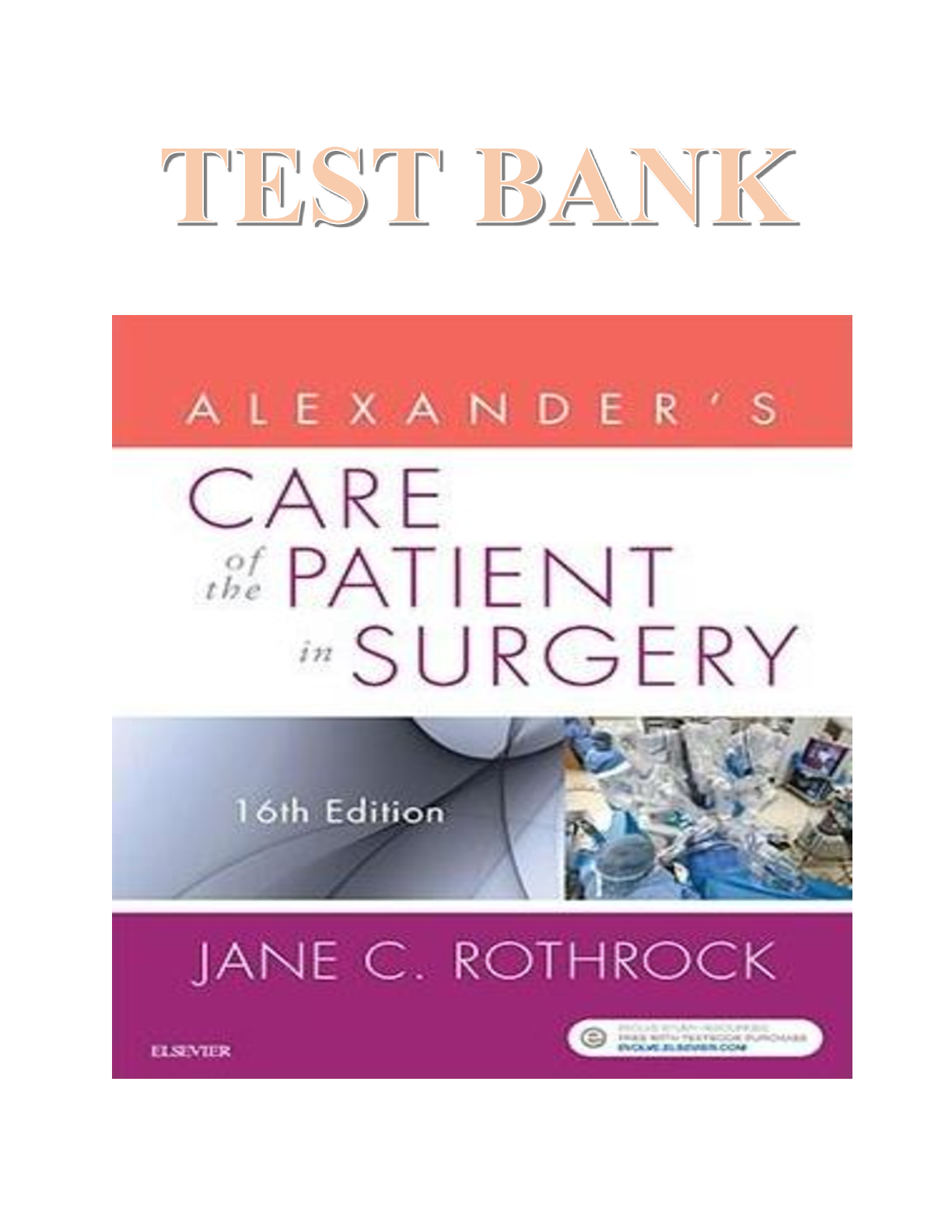
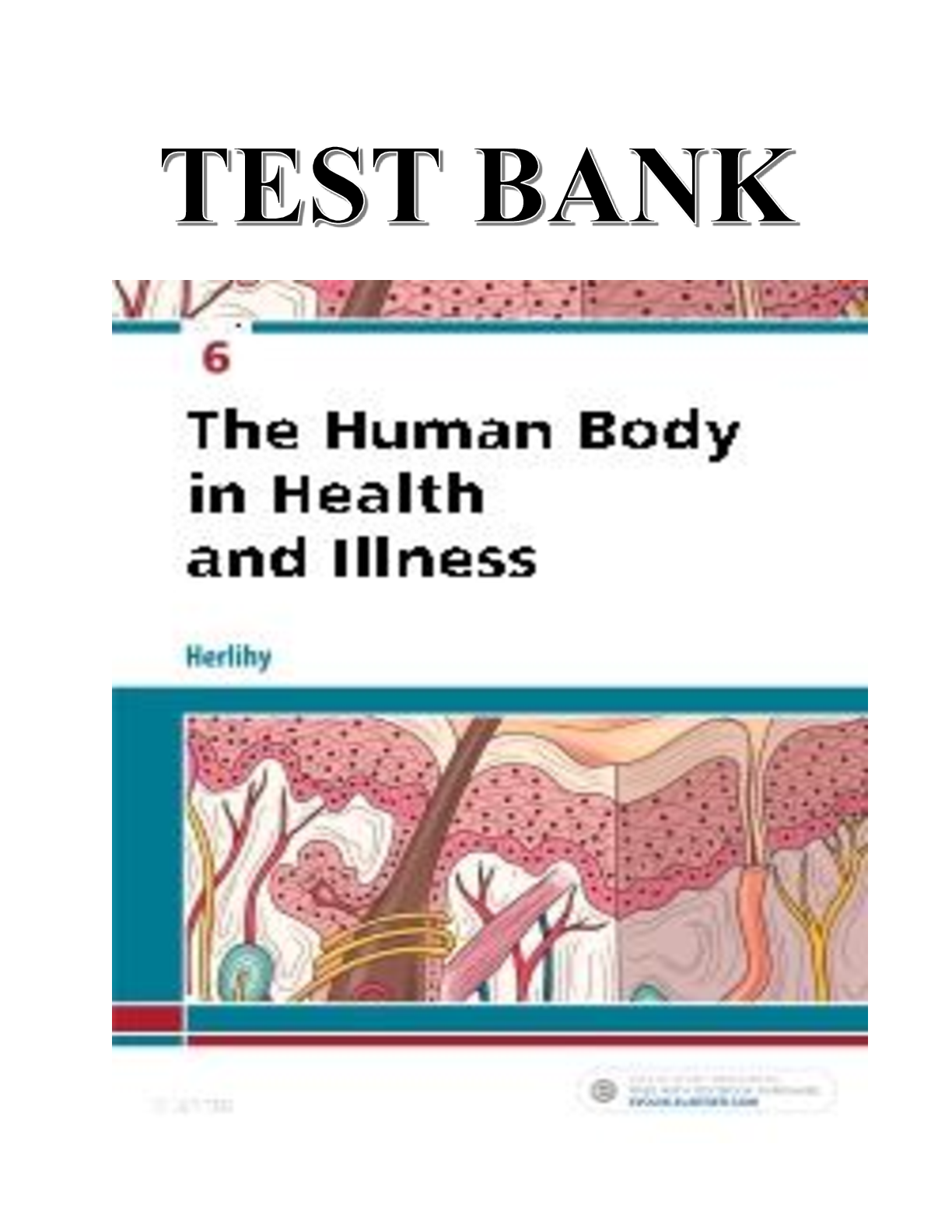
 W2 SH [TRANSCRIPT] – ASTHMA - RESPIRATORY COMPLETED SHADOW HEALTH.png)
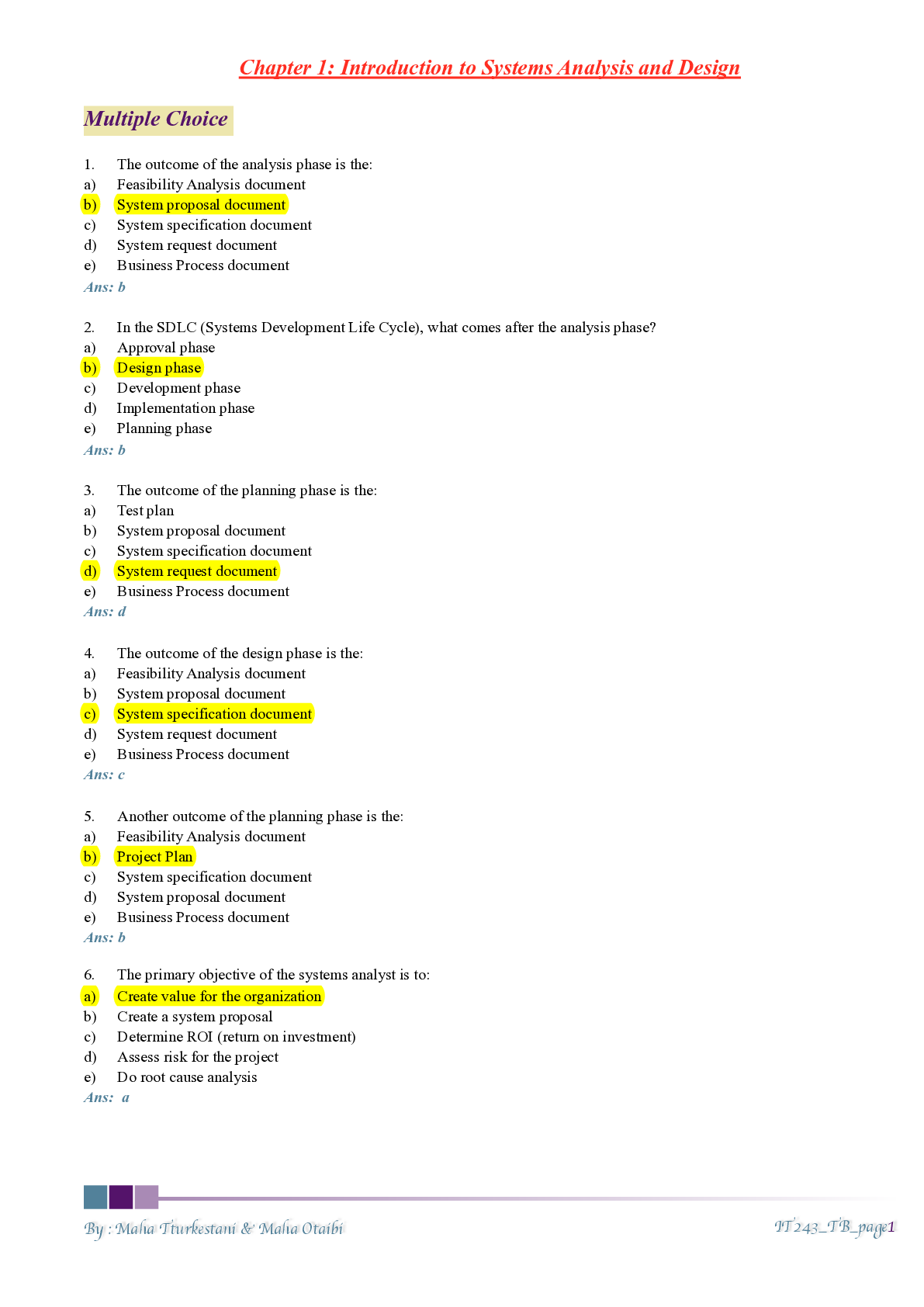
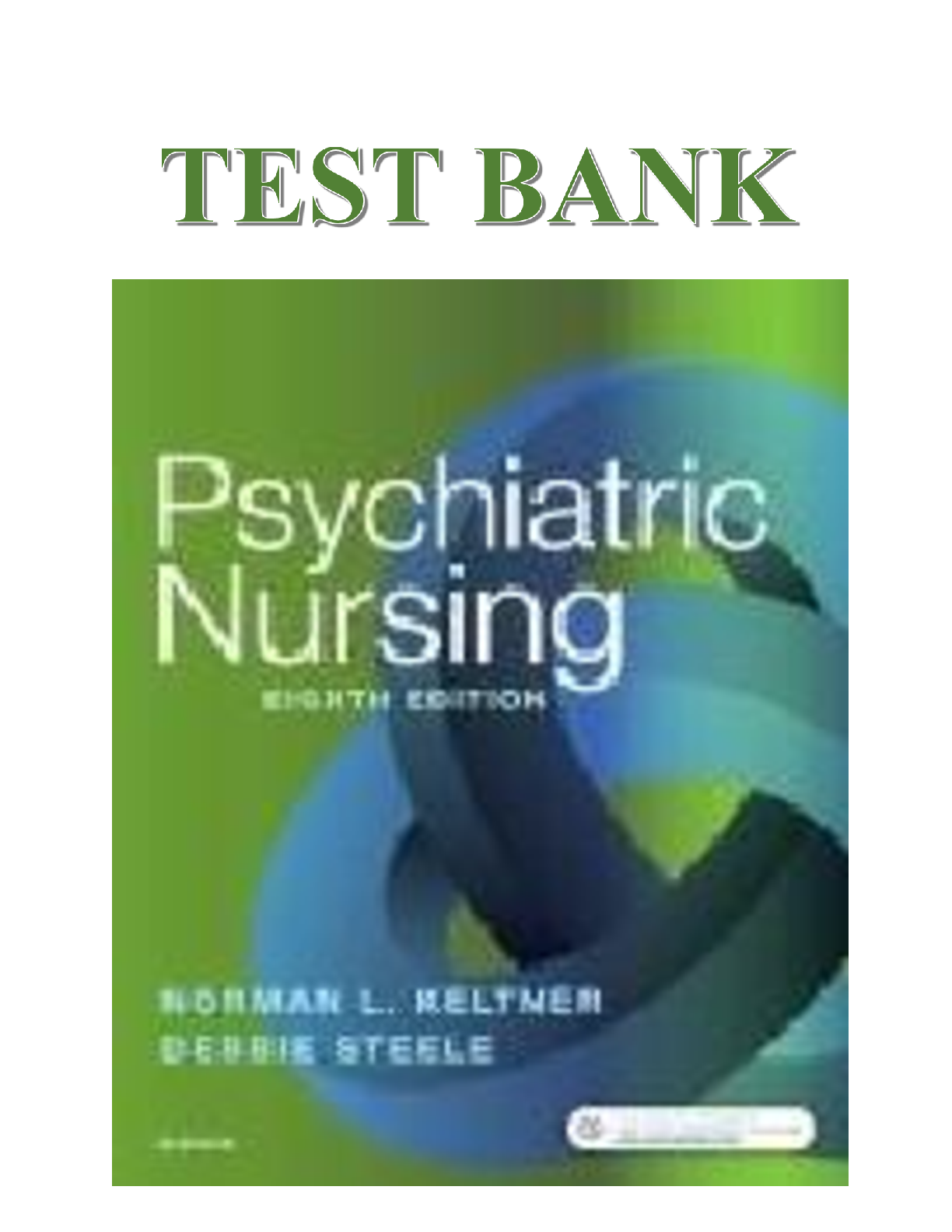

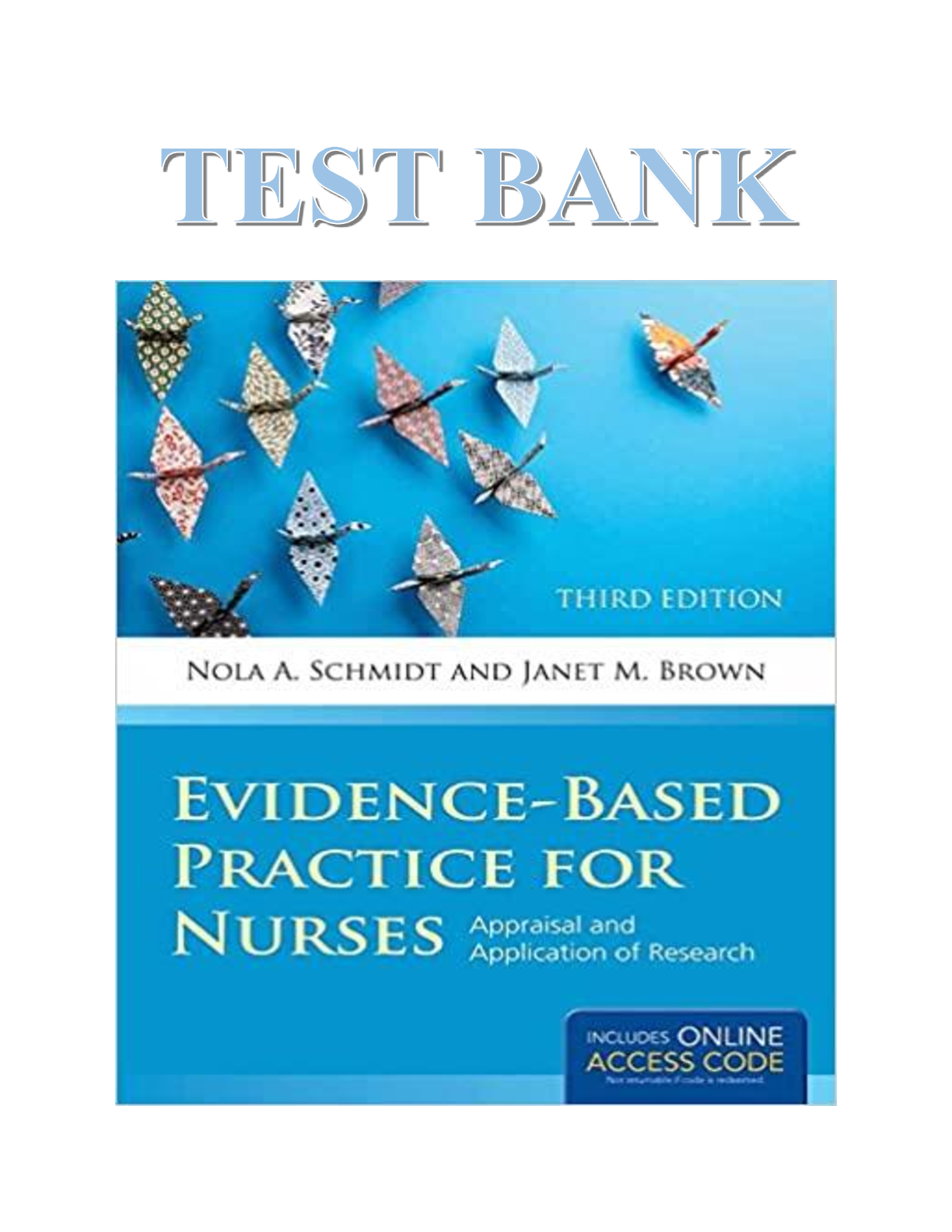

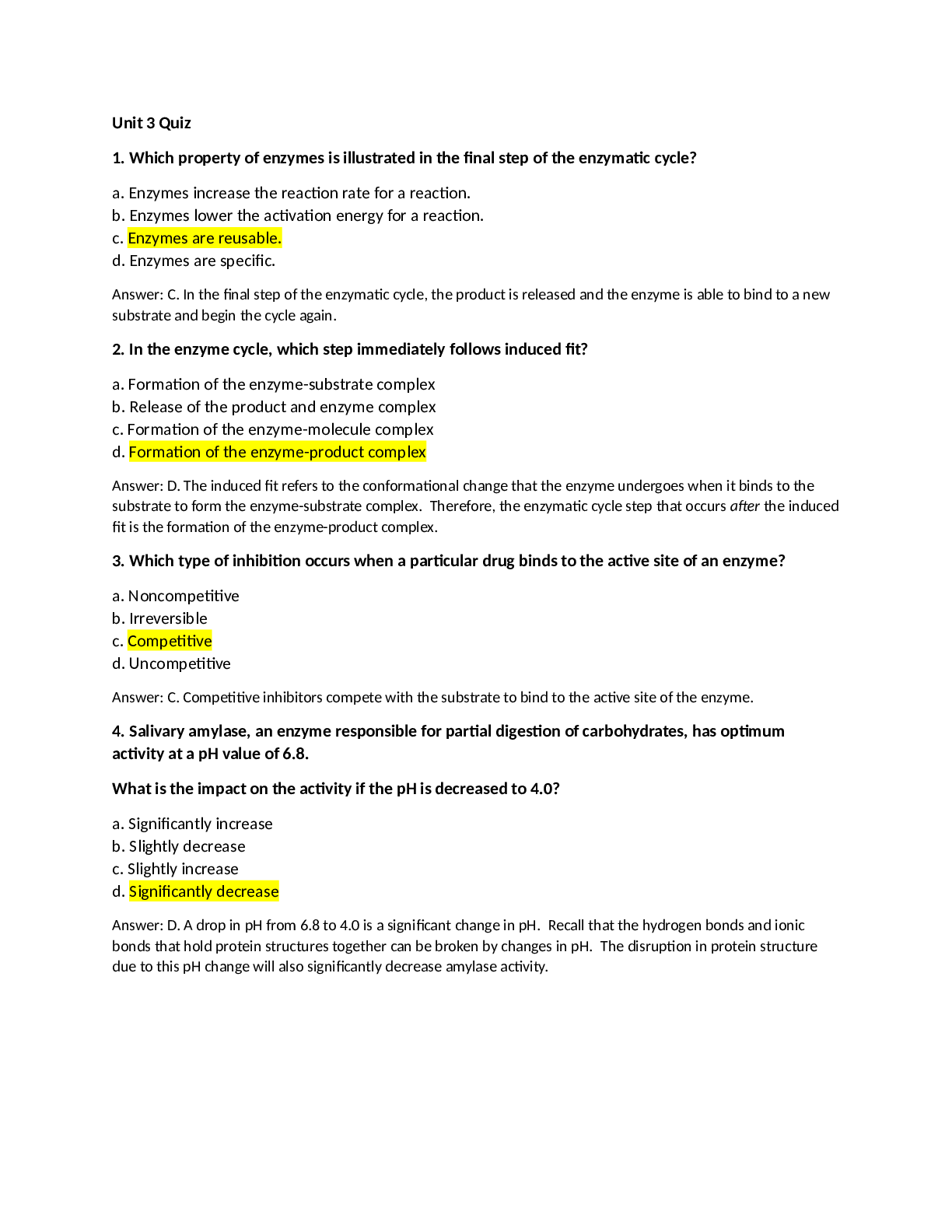
 Latest Questions and Complete Solutions.png)
 Latest Questions and Complete Solutions.png)
 Chamberlain College of Nursing NR 341 (A Graded) Latest Questions and Complete Solutions.png)
 Latest Questions and Complete Solutions.png)
 Latest Questions and Complete Solutions.png)
 Latest Questions and Complete Solutions.png)
 Latest Questions and Complete Solutions.png)
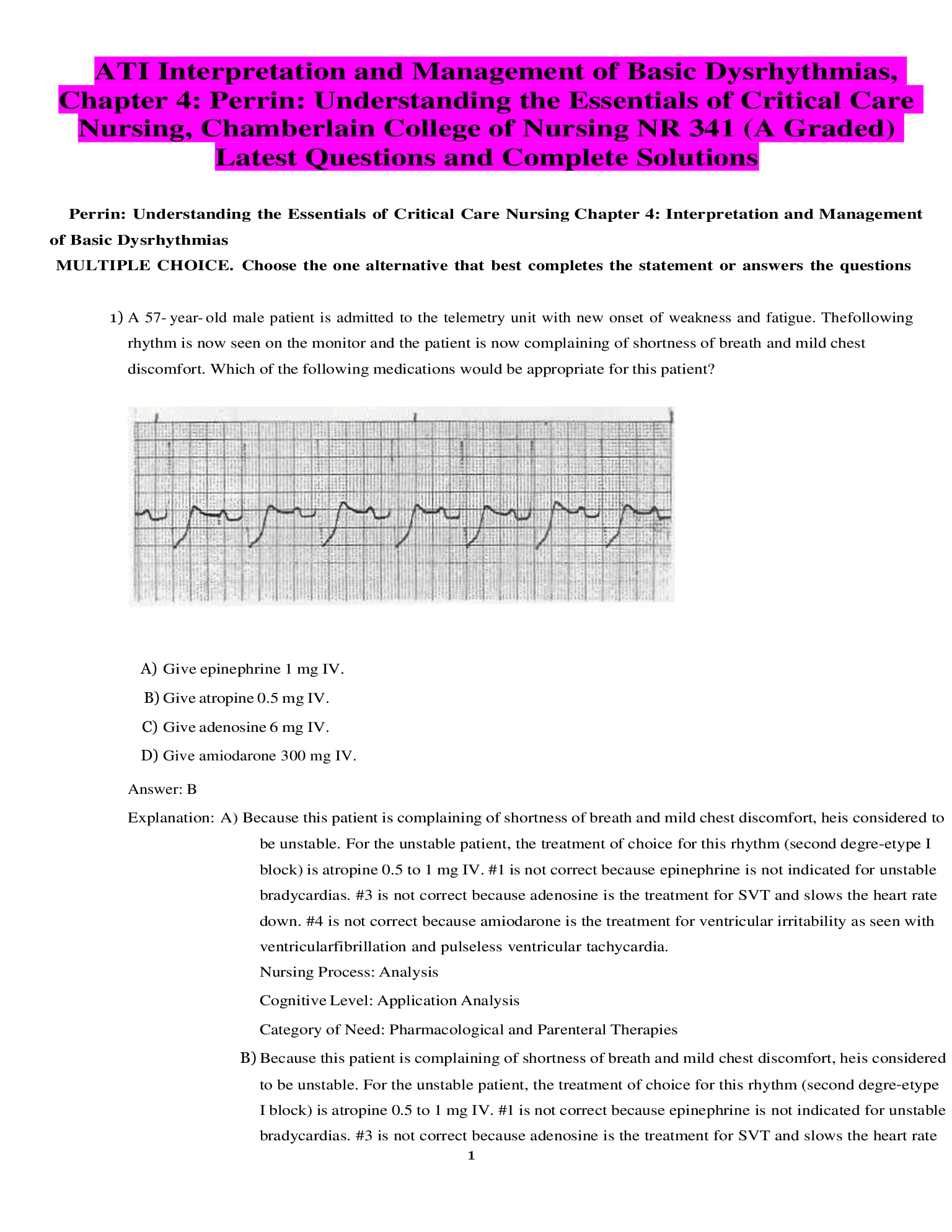
 Latest Questions and Complete Solutions.png)
